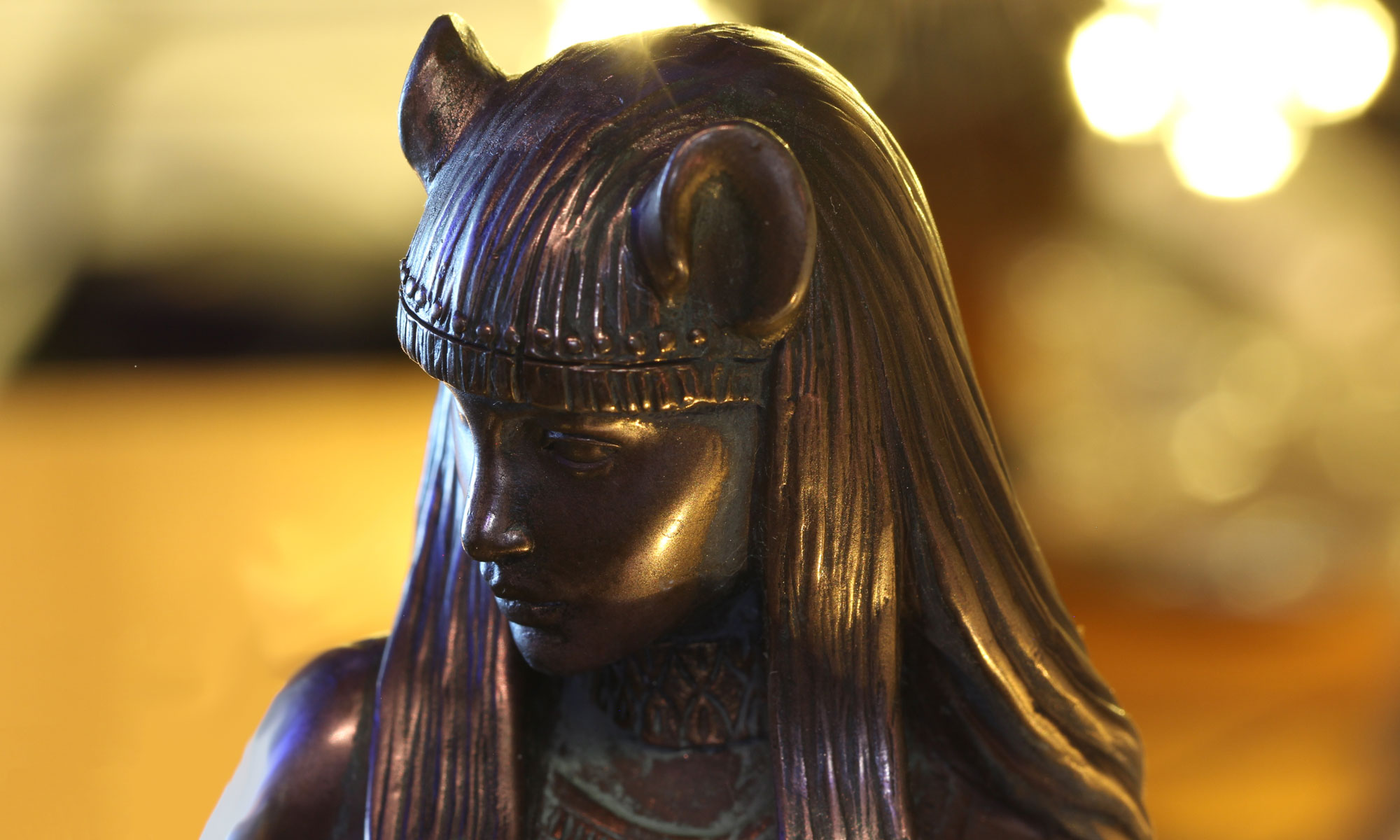“Other Ways of Knowing and Relating: Animal-Plant-Divine”
2022 ASWM Symposium Panel
Sunday, April 10th, 2022 at 3:00 PM Eastern Daylight Time
This panel explores relationships at various levels: the non-dual relationship between animals and divinity, the interconnections between humans and the landscape, the fluid relationship (that is possible) between humans, the divine, and the animal and plant worlds when the natural world is not objectified, and ancient relationships between the human and plant world, and how they can be re-established in the present day.

Monica Mody “When Yoginis Appear with Animals: Animistic Relational Elements and the Non-dual Matrix,” weaves together scholarly commentary and original poetry to wonder at some of the likely dimensions of the relationship between animal and Yogini.
Emma Dymock, “The Living Cauldron: Transformative Landscapes in Celtic Mythology” explores the interconnected relationship between humans and the living landscape through the lens of Celtic mythology, with specific focus on the story of the Goddess Cerridwen.

Barbara Crescimanno, “Siciliian Nymphs. Animal, Human, Divine Creatures” traces the survival of Nymphs–Goddesses who can appear as sacred trees, medicinal gardens, caves and sacred waters as well as herbalists, beekeepers, and midwives in the still living cultural traditions of Sicily.

Reagan Wytsalucy, “The Land Still Bears Fruit: Restoring the Navajo Peach through Strengthened Community Traditions” recounts her journey to return an important traditional food source, and its cultural story, to her people’s land in the Four Corners region of the Southwest.
See 2022 Symposium page for registration and event information.
REGISTER HERE:
- General public ($160) register here.
- Members sign in and register with $50 discount here.
- Join/Renew your ASWM membership here.
- Questions? Contact us.











You must be logged in to post a comment.